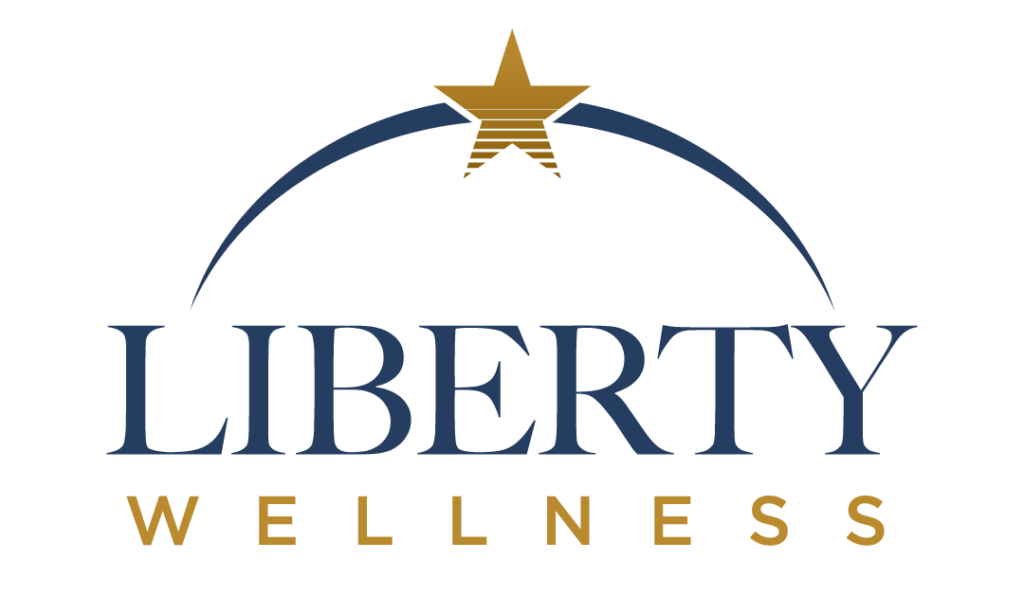Teen Drug Addiction Introduction:
In the vast landscape of adolescence, the journey from childhood to adulthood is often marred by challenges, and one of the most pressing issues is the rising tide of teen drug addiction. This silent epidemic is sweeping through communities, leaving a trail of shattered dreams and fractured families. In this blog, we will delve into the intricate web of factors contributing to teen drug addiction, explore the devastating consequences it brings, and discuss proactive measures to address and prevent this growing crisis.
I. The Pervasive Issue:
Teen drug addiction is not a localized problem; it is a global concern that transcends socioeconomic boundaries. The root causes are complex, with a combination of biological, environmental, and psychological factors. Peer pressure, family dynamics, mental health issues, and genetic predispositions all play pivotal roles in shaping the path that leads some teens toward substance abuse.
II. The Gateway Drugs:
Understanding the progression of substance abuse is crucial in developing effective preventive strategies. Often, what starts as experimentation with seemingly innocent substances, such as alcohol or marijuana, can escalate into more dangerous territories. These gateway drugs serve as entry points into a world of heightened risks and potential long-term consequences.
III. The Impact on Brain Development:
Adolescence is a critical period for brain development, and substance abuse can have profound and lasting effects on the teenage brain. Drugs interfere with the delicate balance of neurotransmitters, impairing cognitive functions, and hindering emotional regulation. This interference can lead to academic decline, memory issues, and compromised decision-making abilities.
IV. Escaping the Emotional Turmoil:
Teenagers, grappling with the tumultuous emotions of adolescence, may turn to drugs as a way to escape or self-medicate. Anxiety, depression, and peer pressure create a perfect storm that drives vulnerable teens toward substance abuse as a coping mechanism. It is essential to recognize the signs of emotional distress and provide support before these struggles escalate.
V. The Role of the Family:
Family dynamics play a pivotal role in shaping a teenager’s susceptibility to drug addiction. A lack of communication, inconsistent discipline, and family history of substance abuse contribute to an environment where teens may feel neglected or seek solace outside the family structure. Strengthening family bonds and fostering open communication can be powerful deterrents against drug experimentation.
VI. Education as a Shield:
One of the most effective ways to combat teen drug addiction is through education. Schools, parents, and communities must collaborate to provide comprehensive drug education programs that go beyond scare tactics. Equip teens with the knowledge to make informed decisions and empower them to resist peer pressure.
VII. Community Involvement:
Communities play a pivotal role in creating a support system for teenagers. Youth centers, mentorship programs, and extracurricular activities can offer constructive outlets for teenagers to channel their energy and build positive connections. By fostering a sense of belonging, communities can reduce the appeal of drug use as a form of escape.
VIII. Early Intervention and Treatment:
Recognizing the signs of drug addiction early is crucial for effective intervention. Schools, healthcare professionals, and parents should be vigilant in identifying behavioral changes, declining academic performance, and shifts in social circles. Early intervention, coupled with access to quality treatment options, can significantly improve the chances of recovery.
IX. Overcoming Stigma:
Stigmatizing individuals struggling with drug addiction only perpetuates the cycle of shame and isolation. It is imperative to shift societal perspectives, viewing addiction as a health issue rather than a moral failing. This change in mindset can encourage individuals to seek help without fear of judgment, fostering a more compassionate and supportive environment.
Conclusion:
Teen drug addiction is a multifaceted problem that demands a comprehensive and collaborative approach. By addressing the underlying factors contributing to substance abuse, implementing effective preventive measures, and providing support for those already affected, we can work towards breaking the chains of addiction that bind our youth. Through education, community involvement, and a collective commitment to destigmatize addiction, we can pave the way for a healthier and more resilient generation. It’s time to unveil the silent struggle, bringing it into the spotlight and championing a future where teens can thrive without the shadow of substance abuse.
Choose A Premier Drug and Alcohol Rehab Center in Berlin, NJ
Liberty Wellness is a premier New Jersey addiction treatment center promoting total body wellness through holistic healing. Encouraging mind and body health ensures that our clients can focus on achieving their sobriety goals. We offer a peaceful sanctuary where individuals are understood and helped through tailored, evidence-based practices and holistic remedies. At Liberty Wellness, we are dedicated to supporting each individual’s unique road to recovery.




